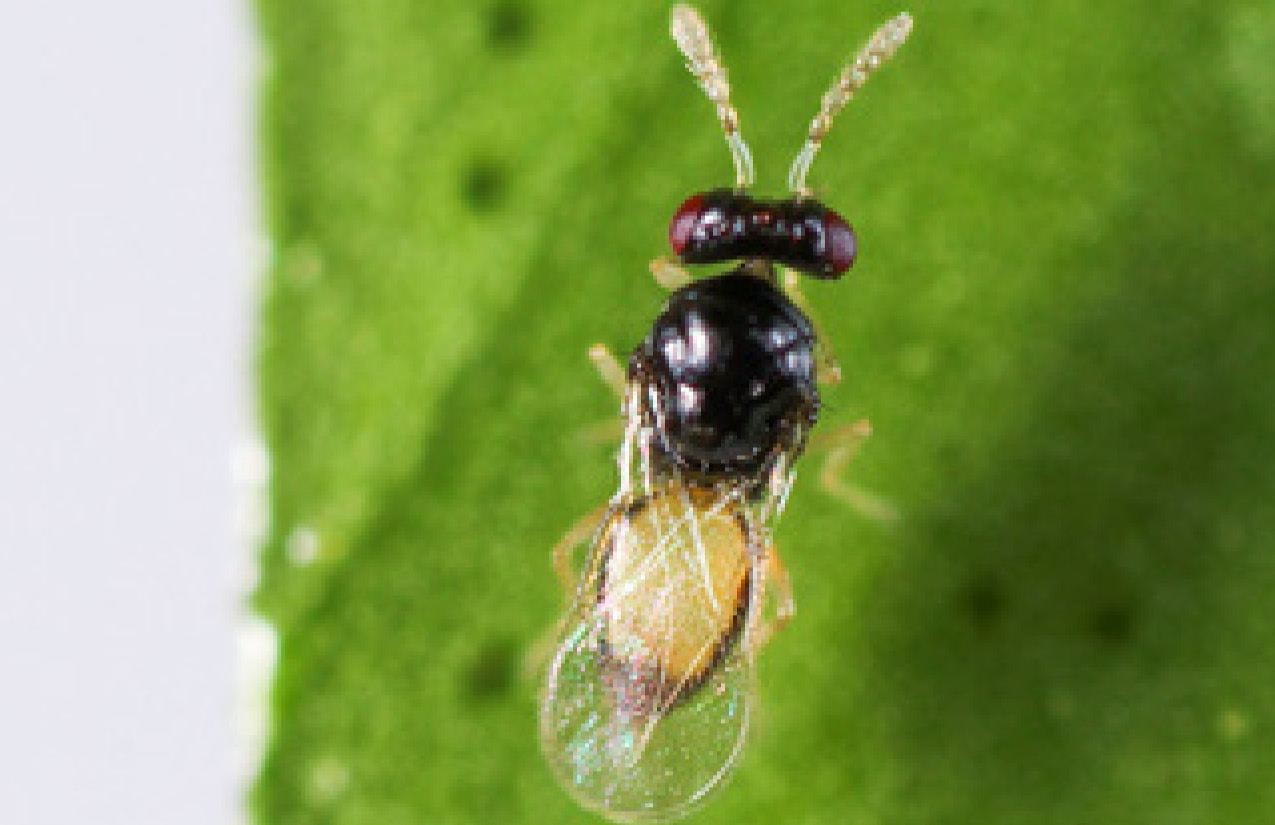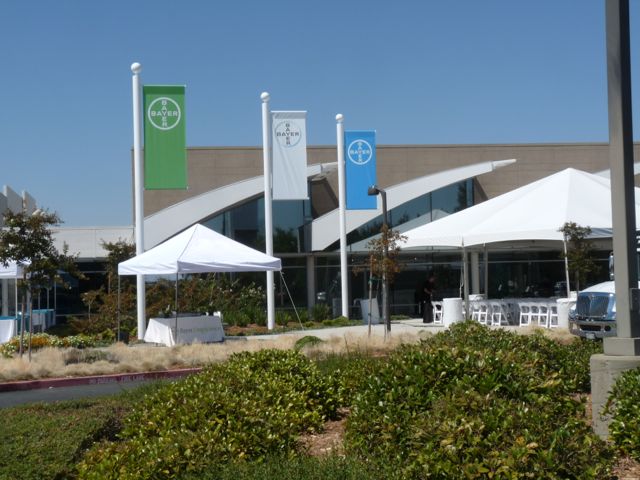Bayer CropScience Offers Biologic ‘Serenade’ to Fight Pests
Serenade Offers Big Dividends to Growers Fighting Pests
By Kyle Buchoff, CaliforniaAgToday Reporter
In this new frontier of pest and disease controls with biological fungicides and insecticides, Dr. Jonathan Margolis, the Vice President of Biologics Research for Bayer CropScience at the company’s new West Sacramento Research Facility, recently commented on Serenade, a major biologics product used by many growers. “When I joined Bayer in 2005, I would never have expected that we would still be spending this much effort on fundamental basic research on understanding Serenade and its mode of action, and ultimately on improving it.”
“We’ve invested a tremendous amount of resources on characterization of the chemistry that’s produced by the microbe,” Margolis explains, “on understanding how it interacts with plants—the signals it exchanges with plants to stimulate their growth and turn on host defense responses. Even more importantly, we want to understand the fundamental genetics of the organism so, in the future, we can use physiological cues, nutrients and growth conditions to change the way it produces these biologic chemicals in terms of increased efficiently.”
The company states that Serenade is a fungicide and bactericide that stops harmful spores from germinating, disrupts cell membrane growth, and inhibits attachment of the pathogen to the leaf. Biologic applications target Botrytis, Sclerotinia, Xanthomonas, and Erwina on grapes, strawberries, leafy vegetables, potatoes, pome fruit and tree nuts.
(Featured photo source: “Enhancing Global Food Security, Facts and Figures 2012-2013 Bayer CropScience”)






















